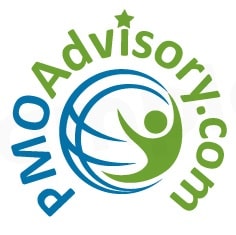“But agile development is a “little more freeform” involving prototypes, then frequent client meetings in which they comment and ask for modifications. “You don’t necessarily document all the deliverables.”
Especially when agencies are used to submitting project evaluations to their inspectors general in a specific format, adapting those to agile can be challenging, Labovich said clients and other agencies have said. But Booz Allen hasn’t lost any business because of it, he said.
The agile process “definitely requires more engagement on the client side” up front, Labovich said, but in the long term, there are fewer remedial meetings because the product rarely evolves much without the client overseeing it.
“The old model was you build something and then you end up having to tear it down and rebuild it again,” he said.
Agencies adopting agile now have to use different measures of success, including speed of product delivery and how quickly the quality of the product increases, instead of metrics like the number of the pre-determined features that made it into the final product, Diego Lo Guidice, an analyst with Forrester, told Nextgov in an interview.
“It takes time to adopt these changes which are quite radical,” he said. “I do still hear contractors struggle because clients still operate on a fixed [price] basis” instead of paying for development sprints. Agile in government “is not yet a done deal.”
There are small successes. Joe Crobak, a member of the White House’s Digital Service team working on a project for Centers for Medicare and Medicaid Services, said agile development has meant fewer meetings and more prototypes.” – Nextgov.com, excerpted, click here to read the article “Why Agile is so Hard for the Government” in its entirety.
Well said! PMO Advisory offers courses throughout the year designed for project professionals interested in Portfolio (PfMP), Program (PgMP), Project (PMP & CAPM) Risk (PMI-RMP) Management, and Agile (PMI-ACP) certifications.

